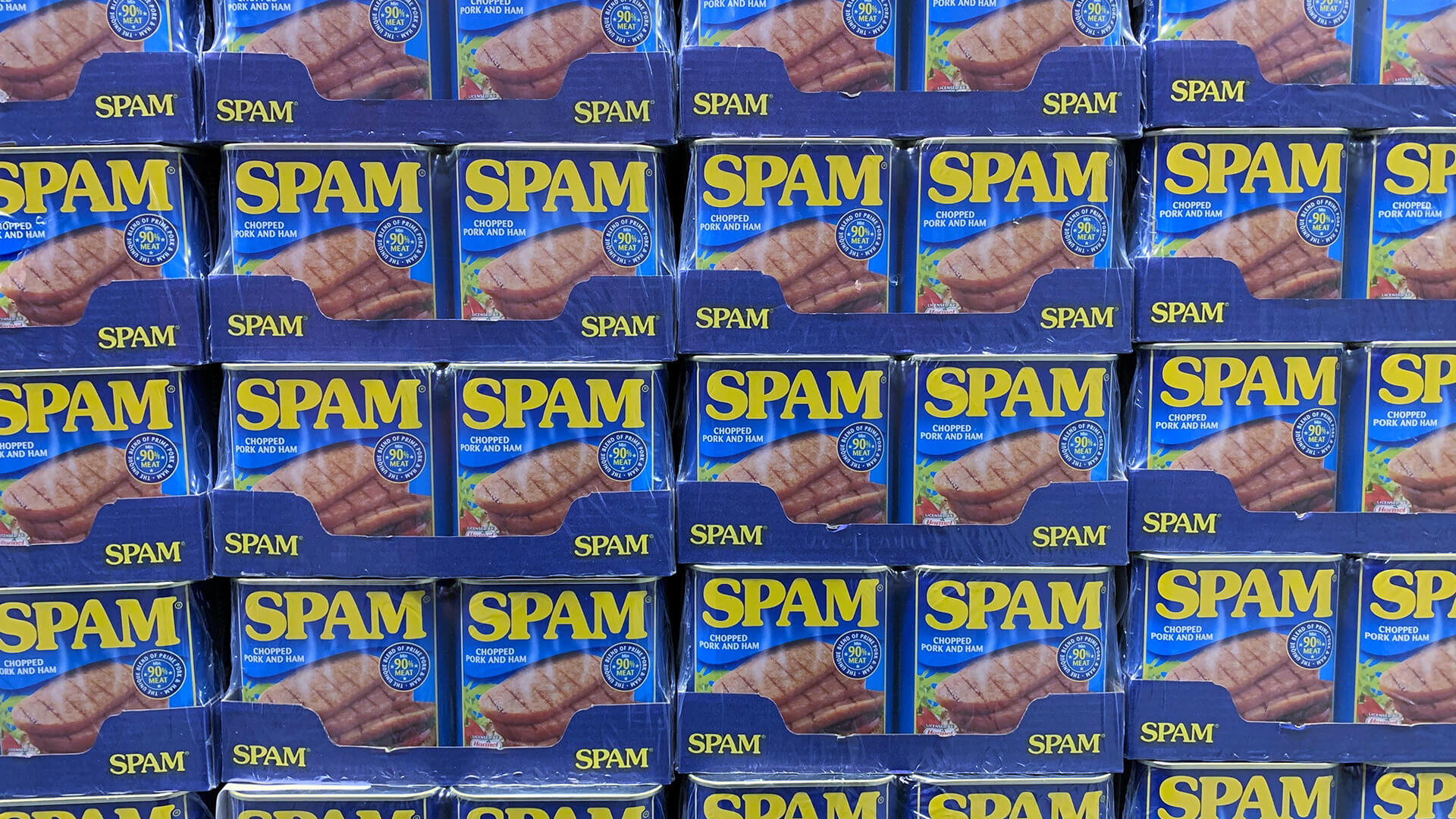Understanding Spam: Its background and how Email 5 can help block it



Today, we're diving deep into the world of spam – an issue that has plagued email users for decades. We'll explore what spam is, the story behind it, and how Email 5 aliases and disposable addresses can provide a robust solution to this persistent problem.

In the context of email, spam refers to unsolicited bulk messages sent over the internet. These messages are often promotional or fraudulent in nature, sent to a large number of recipients who did not ask for them. Spam can range from harmless but annoying advertisements to malicious attempts at phishing or spreading malware.
Curiosity: The term 'spam' was borrowed from a Monty Python sketch, where a group of Vikings sings a song about Spam (a canned meat product) that drowns out all other conversation. Similarly, email spam is seen as drowning out legitimate communication.

The first recognized email spam was sent on May 3, 1978, by Gary Thuerk, a marketing manager for the Digital Equipment Corporation. It was a mass email sent to 400 recipients, promoting a new line of computers. While it led to a few sales, the backlash was significant, labeling the practice as invasive and unwanted.
As the internet grew, so did spam. By 2009, an estimated 90% of all email traffic was spam, leading to the development and implementation of various anti-spam technologies and legislation. Despite these efforts, spam remains a significant issue today, with spammers continually evolving their tactics to bypass filters and reach inboxes.

Disposable email addresses are temporary email addresses that you can use when signing up for services or subscriptions online. They can help block spam because they aren't linked to your main email account. So, any spam messages sent to the disposable email address won't show up in your main inbox.
On the other side, email aliases present a powerful tool in the fight against spam. An email alias is a forwarding email address. It's not a real inbox, but it redirects emails to your real email address. This can be incredibly useful for managing and blocking spam.
Here's how it works: Instead of giving out your real email address, you provide an alias. All emails sent to this alias are then forwarded to your current inbox. If you start receiving spam through an alias, you can simply delete or disable it, effectively blocking the spam.
These methods have additional advantages:

In conclusion, spam, despite its seemingly innocuous nature, poses a significant threat to our digital security and productivity. Its history, deeply intertwined with the growth of the internet, serves as a reminder of the challenges that come with technological advancement. Disposable email addresses and aliases, in particular, emerge as a potent weapon, offering privacy, control, and an effective barrier against spam. As we continue to innovate and adapt, we edge closer to a future where our inboxes are no longer besieged by unwanted emails, and digital communication becomes a safer, more efficient realm.